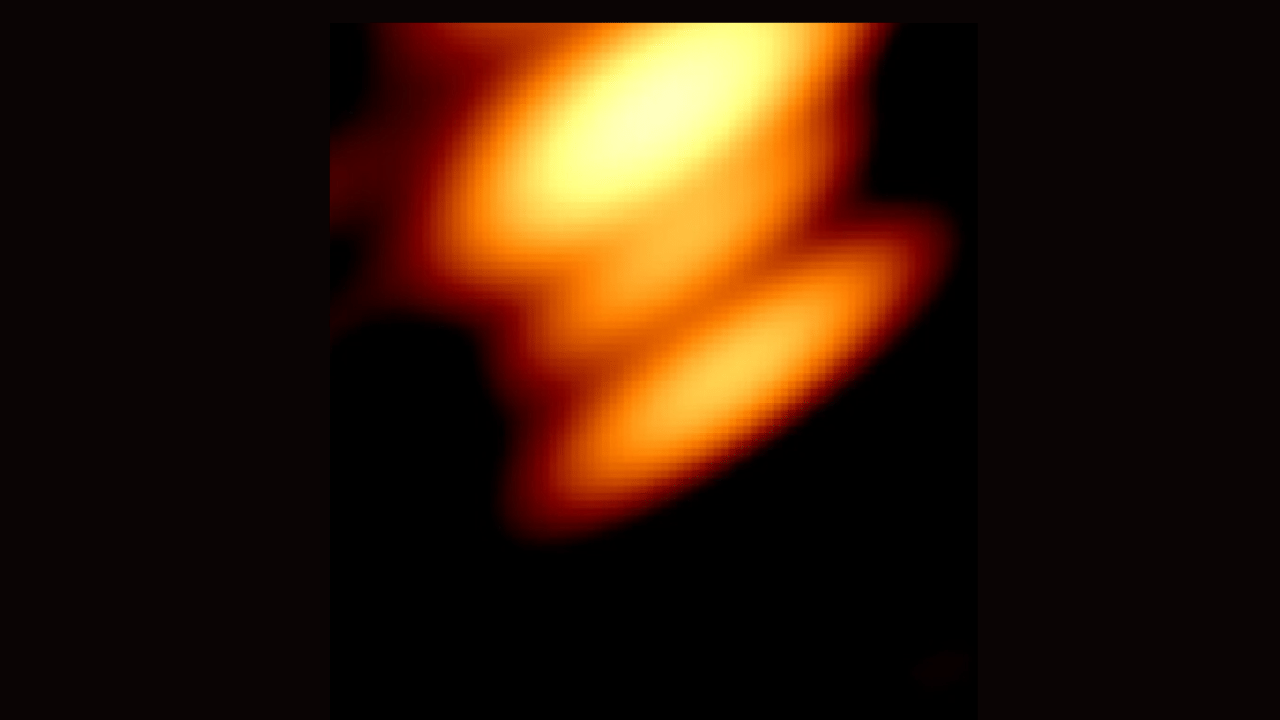New Delhi: Astronomers have got the first image of two gigantic black holes orbiting around each other. The findings secure one of the longstanding hypotheses and provide direct vision evidence of one of the cosmic phenomena, which researchers have not managed to perceive for decades.
The jets are in a quasar of OJ287 that is approximately 5 billion light-years in the constellation of Cancer. Quasars belong to the category of the brightest objects in the universe, emitting energy due to the massive energy that is emitted because of the fall of material into the supermassive black holes. This is the first time two black holes have been detected in a mutual orbit, although they have been detected on other occasions, including recently in the Milky Way and Messier 87.
Century-long mystery solved
Over 100 years of observation has been on OJ287. It was in the early sky photographs dating back to the late 1800s, even before the understanding of the black holes. Finnish astronomer Aimo Sillanpää observed in 1982 that the quasar had a 12-year brightness cycle, indicating that there were two orbiting black holes. Hundreds of astronomers have since been watching OJ287 in hopes of finding direct evidence.
It was first achieved by the integration of various radio telescopes on the Earth with the RadioAstron satellite, which was launched in 2011 and operated until 2019 in Russia. RadioAstron was a satellite at mid-orbit about the moon that offered a view 100,000 times sharper than what most optical telescopes utilise. The image thus formed has two bright patches, meaning two black holes, and a distorted jet of the smaller black hole similar to a rotating garden hose.
This is not just a mere picture, according to researchers. Since the smaller black hole will proceed making its 12-year small circles, its jet would be observed to move back and forth, making the astronomers observe them in real time. The results were put in print on October 9 by the Astrophysical Journal, which provided the best support to date for binary supermassive black holes in the universe.
